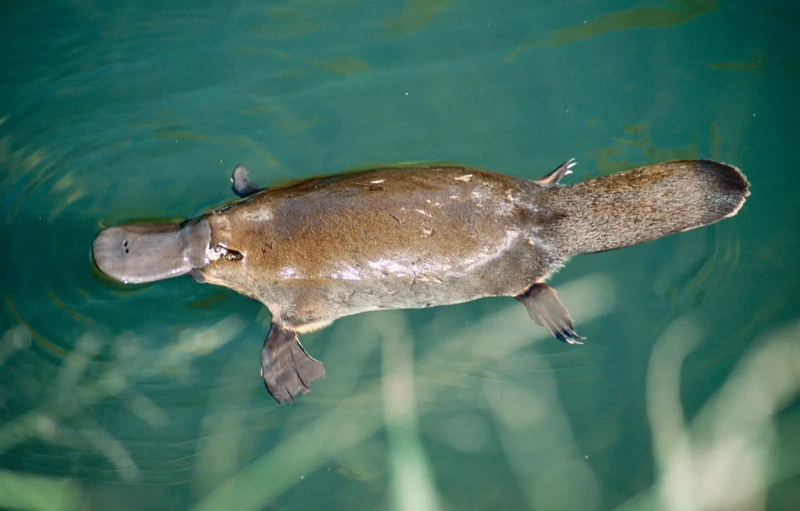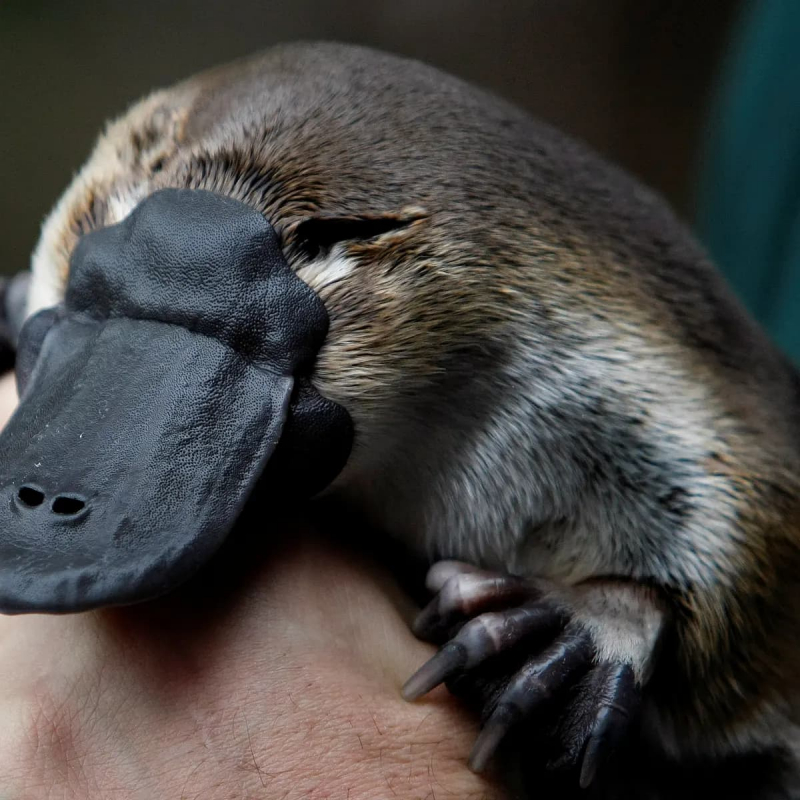Platypus

The platypus (Ornithorhynchus anatinus), sometimes known as the duck-billed platypus, is an endemic animal to Tasmania and eastern Australia. It is a semiaquatic species that lay eggs. Although other closely related species can be found in the fossil record, the platypus is the only living member of its family (Ornithorhynchidae) and genus (Ornithorhynchus). It is also the only monotypic taxon. It is one of the five extant species of monotremes, along with the four echidna species. One of the rare mammals that give birth to eggs rather than live babies is this one.
It uses electrolocation to detect prey as other monotremes do. The male platypus has a spur on his back foot that releases venom, making it one of the few kinds of venomous mammals. This poison may be quite painful for humans. The unusual appearance of this egg-laying, duck-billed, beaver-tailed, otter-footed mammal baffled European naturalists when they first encountered it, and the first scientists to examine a preserved platypus body (in 1799) judged it a fake, made of several animals sewn together.
Due to its distinctive characteristics, the platypus is both a significant topic in the study of evolutionary biology and a well-known and well-recognized symbol of Australia. Several Australian Aboriginal groups, who also used to hunt the animal for food, value it for cultural reasons. The platypus is the animal emblem of the state of New South Wales and has been used as a mascot in national events. It can also be seen on the reverse of the Australian twenty-cent piece. The platypus was hunted by people for its fur up until the early 20th century, but it is now protected throughout its entire range. The platypus is not currently in danger, despite the fact that captive breeding initiatives have only had sporadic success and that it is susceptible to the impacts of pollution.











